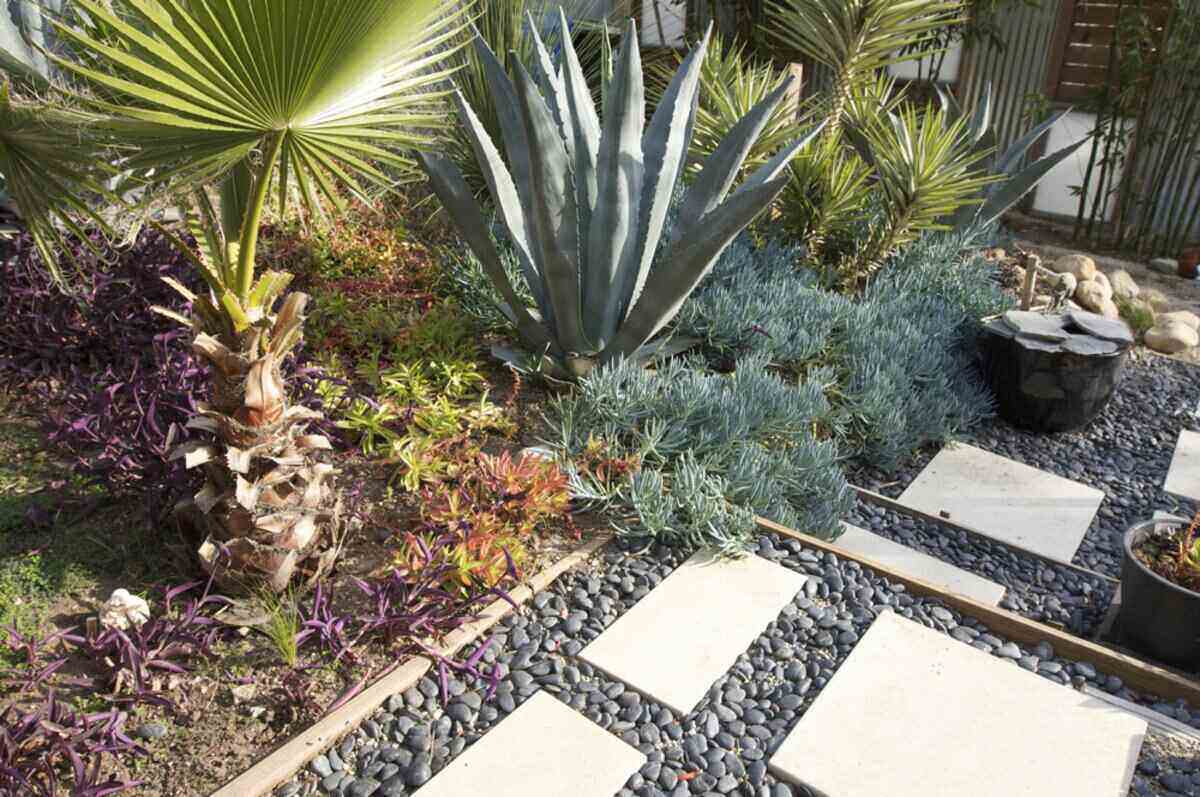
River rock, featuring 50 shades of grays, beiges, and browns, can transform your home landscape into a natural beauty. But where do you start? Let us help by showing you how to landscape with river rock using these 15 ideas.
Here are just some of the ways: Spread river rock as mulch in your gardens, fill in the crevices between your flagstones or create a charming walking path for attractive curb appeal. Just like river rocks’ colors, shapes, and sizes, the landscape possibilities feel endless.
Landscaping with river rock:
What is River Rock?
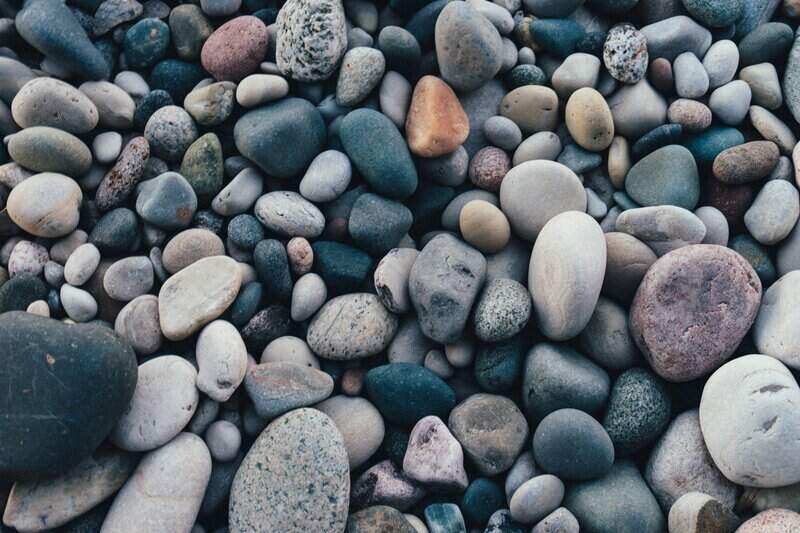
River rock is a type of rock that has been smoothed, rounded, and semi-polished by moving water. River rocks can be found on beaches, in stream beds, and riverbeds, and appear in a wide range of shapes and colors. They’re typically 1 to 2 inches in diameter but can vary in size.
We’re sharing with you 15 river rock landscape design ideas for a little inspiration and creative guidance for your garden landscaping. From controlling erosion to adding texture to a walking path, to serving as mulch for your xeriscape, water-polished stones will do wonders for your landscape. Not to mention the low-maintenance care that accompanies them.
15 River Rock Landscaping Ideas
1. Make a Rock Garden of River Rocks
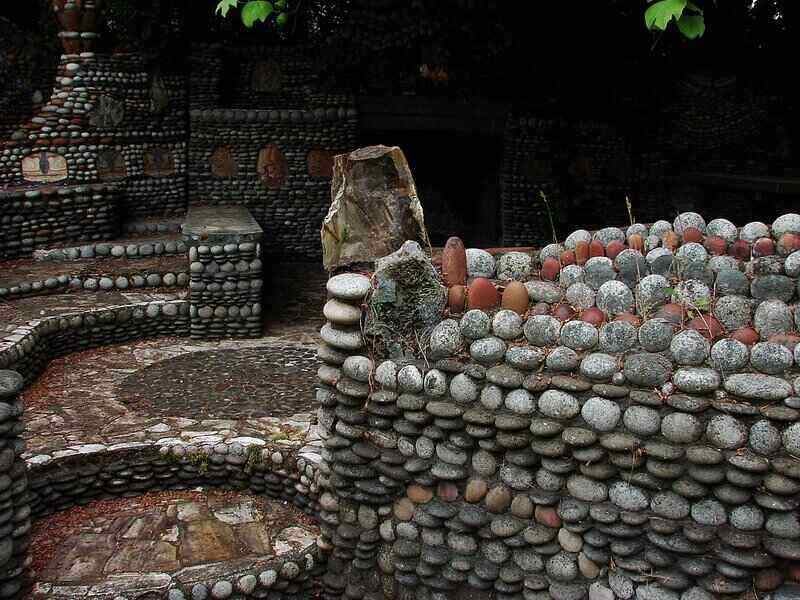
A rock garden needs pebbles and/or boulders, but how about river rocks as a base?
The result: Your succulents will pop right out of the garden (visually) with contrasting river rocks as a ground cover. This creative garden design provides a variety of different sizes and different colors of river rock. Not to mention it’s a good option for drought-tolerant plants like succulents.
Don’t have a rock garden? Here’s how to build a rock garden.
2. Build a Walking Path

River rocks can be used to create an elegant walking path of these small, round stones.
The result: The crunchy, clacking sounds as you walk on the rocks will delight your ears, and the path’s texture will please the eyes. This also helps to provide a more natural look in your yard compared to other stonework.
3. Spruce Up Your Moon Garden
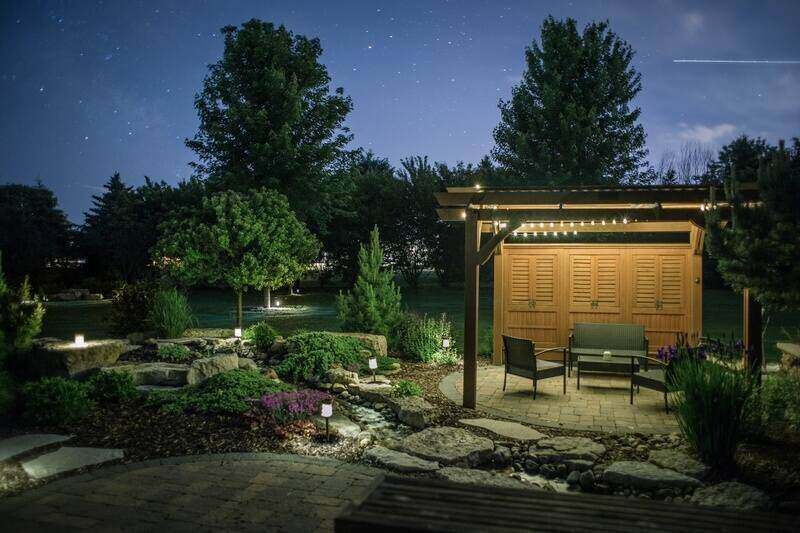
Your moon garden shimmers and thrives under the moonlight with its white flowers and intoxicating blooms. To add extra glow, lay down garden paths or edges with white river rocks.
The result: The moonlight will reflect off the white surface and give your moon garden that extra shine.
4. Encourage Good Drainage With a Dry Creek Bed
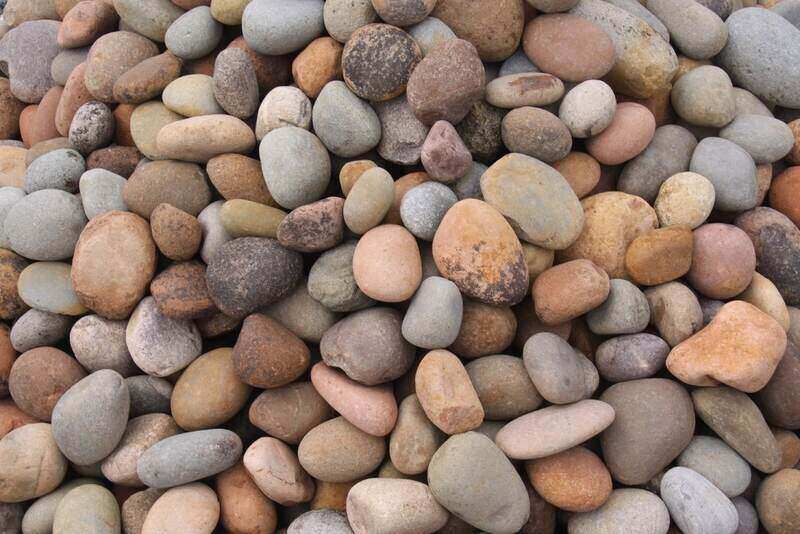
Because rounded river rock does not fit snugly together to create a compact surface (like machine crushed gravel), water can easily pass through these small stones and into the ground.
So what?
Poor drainage can lead to contaminated runoff polluting water habitats, such as rivers and streams. Runoff can also damage your home’s foundation or basement.
The result: A river rock surface has better drainage. Surfaces made of pavers, concrete, or asphalt are impervious, meaning they don’t allow water to drain into the ground underneath.
5. Control Erosion
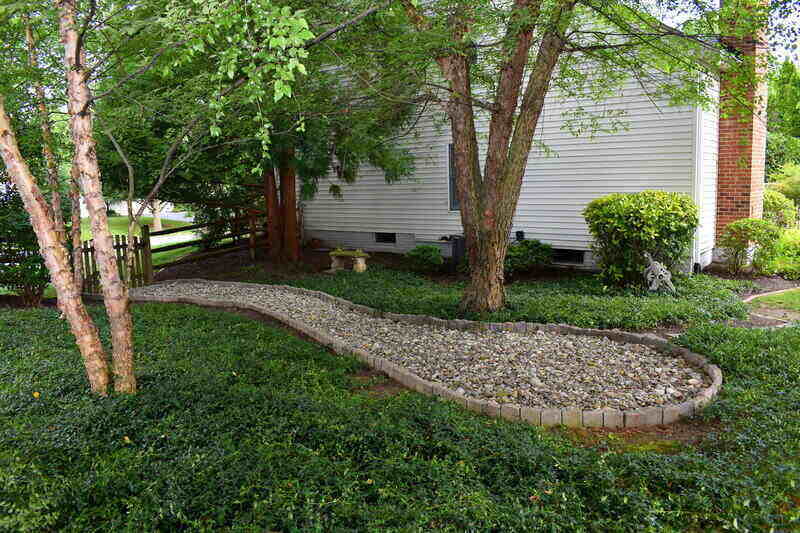
If erosion has been a struggle in your landscape, river rocks are an excellent tool to keep your soil and plants in place in areas with heavy runoff or on a steep hill.
If your landscape has naturally flowing water, such as a small creek, install river rock around the creek’s edges to prevent erosion during heavy rain.
The result: A small pile of river rocks beneath the drain can put a stop to the water from your downspouts creating eroded areas.
6. Design a Mosaic
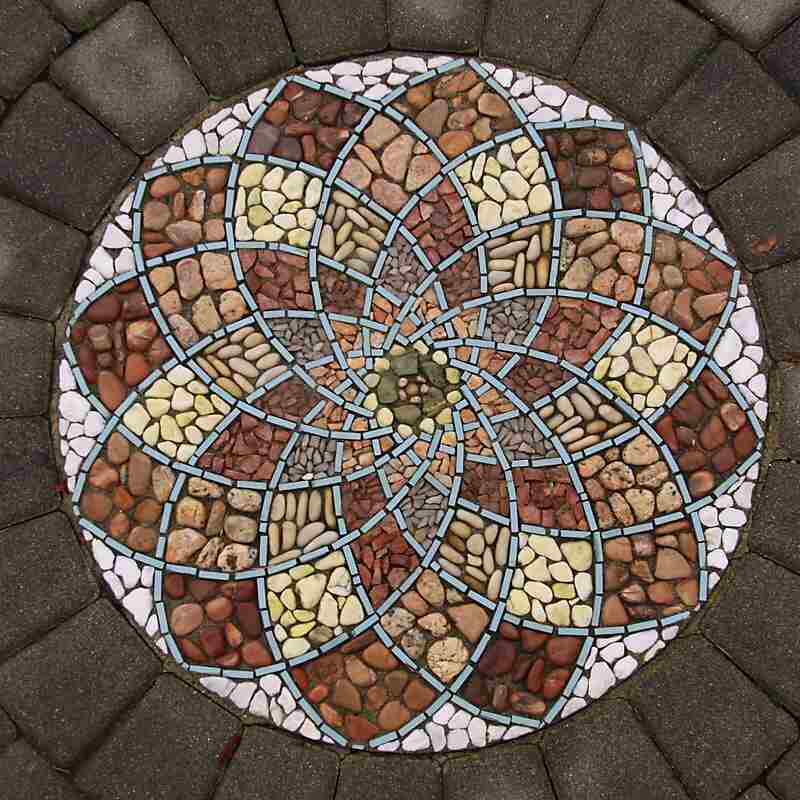
Create a river rock mosaic that can be embedded in concrete to create a one-of-a-kind walking path in your front yard.
The result: A river rock mosaic in the front yard will have your friends and family gushing over your put-together lawn.
7. Mulch Your Flower Beds

Mulch your garden beds with river rock for an added dose of texture. River rock mulch helps prevent erosion and offers various colors and sizes to make those plants stand out in the landscape. It also helps to prevent weed growth in gardens.
Better yet? Rock mulch offers a permanence that most organic mulches cannot. Organic mulches, like wood chips or shredded bark, need routine replacement. If you’re mulching on a budget, a more permanent option may be what you need.
Quick tips for drawing your sprinkler system plan:
Pro Tip: When using river rock as mulch, lay down landscape fabric underneath. If you ever need to remove the stones, the landscape fabric will make removal much more manageable. Otherwise, the rocks may sink into the soil.
8. Landscape Edging
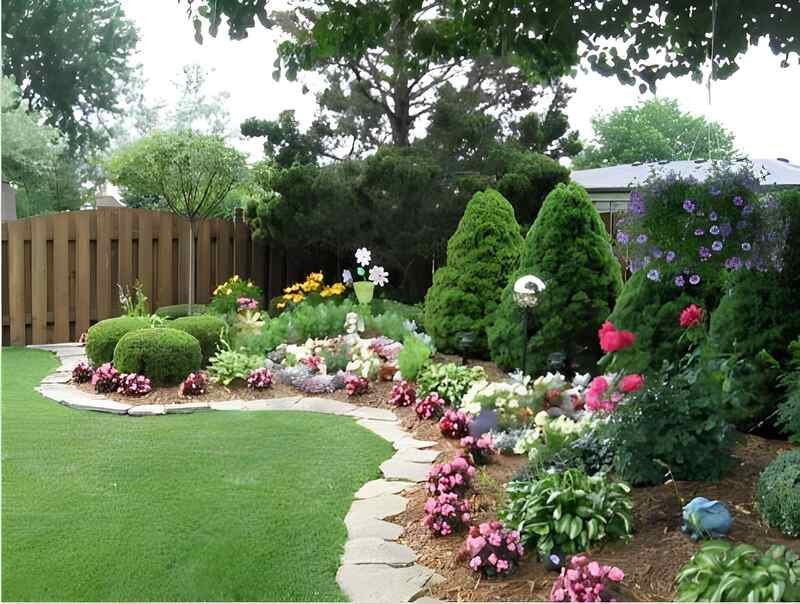
Place a layer of river rocks around your garden beds as edging. Edging accentuates your flower beds and gardens by creating a definitive border, and it helps to prevent erosion.
The result: Edging with river rocks can keep mulch from spilling out of garden beds after heavy rain or wind.
9. Neaten Up Your Flagstones
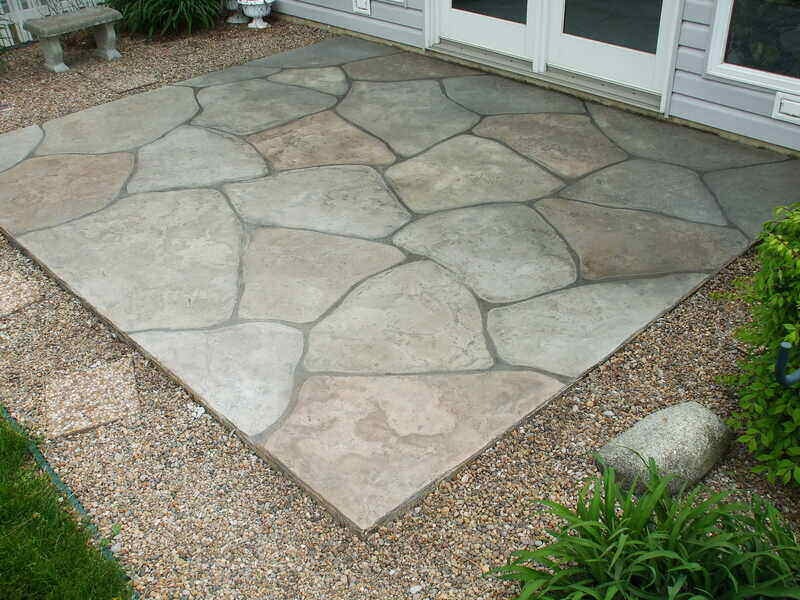
If your flagstone path is looking a little shabby with sprouting weeds and loose dirt, fill the gaps and crevices with small river rock.
The result: The river rocks will highlight your flagstones and give them a cleaner, striking look.
10. Place at the Bottom of Your Water Features
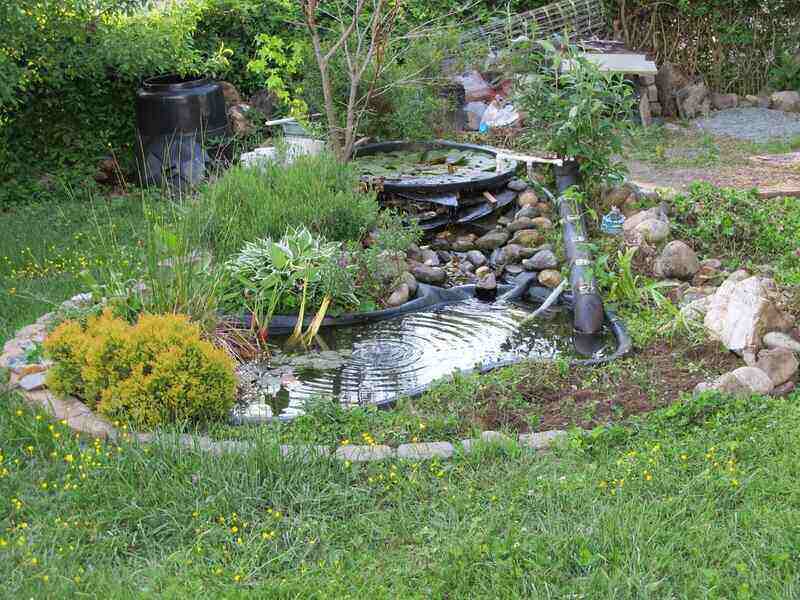
If your landscape boasts a shallow pond or graceful water fountain, add river rock at the bottom for a calming, natural effect.
The result: The clear water will ripple over the beautiful stones.
11. Accentuate Your Fire Pit
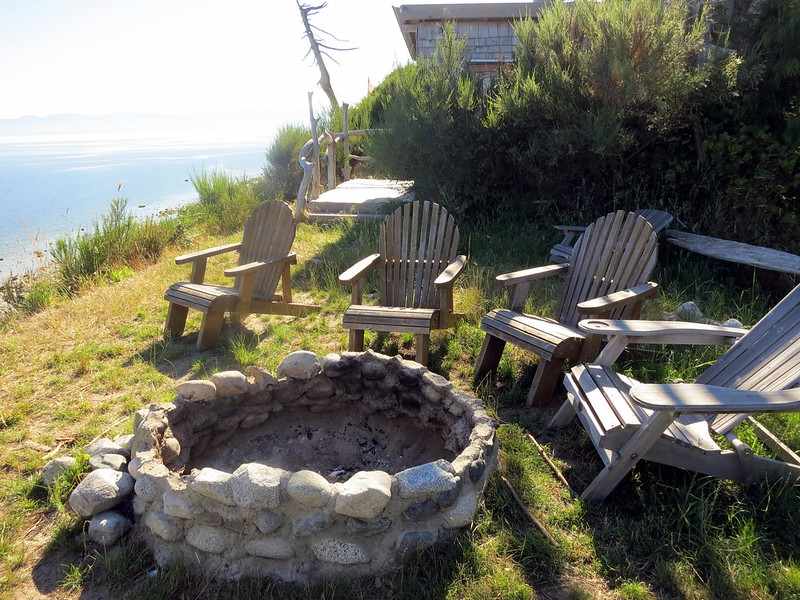
For a rustic outdoor space, install river rock as a ground cover around your fire pit, or use large river rocks to build a fire pit.
The result: The river rock and firepit will make your backyard feel like a campground getaway, and you’ll love how the small stones accent your fire pit’s hardscape features.
12. Give Your Poolscape a Makeover
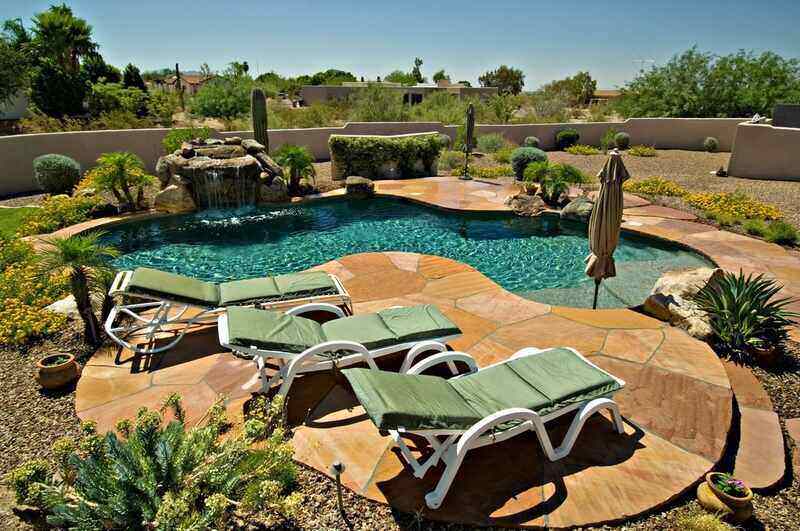
Add river rock around your above-ground or in-ground pool. Your poolscape makes just as strong an impression as your landscape — spruce up the aging patio and surrounding greenery with various river rock ground covers.
The result: River rocks will look stylish as a mulch ground cover for your pool’s succulent garden. Lay down a river rock walking path to lead the way, or place your pool’s patio furniture on a river rock bed.
13. Design Retaining Walls
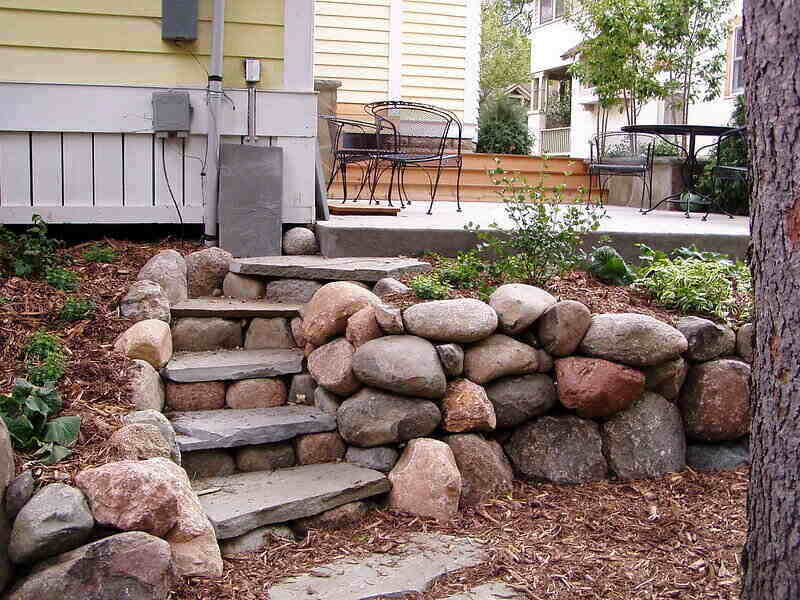
Medium- to large-sized river rocks can make useful material for retaining walls.
The result: Retaining walls help prevent erosion, makes landscaping on hilly terrain more manageable and supports raised garden beds.
14. Get Xeriscaping
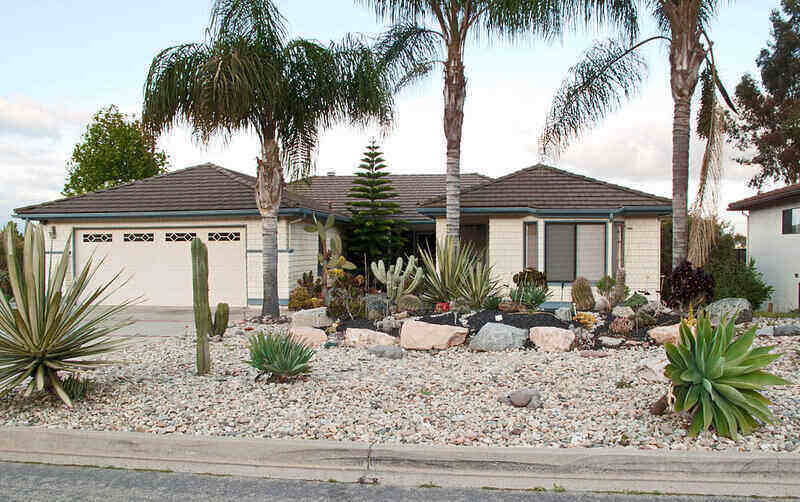
River rock will fit seamlessly into your xeriscape and encourage good drainage in your dry garden.
Xeriscaping is a landscaping style intended to conserve water and require as little irrigation as possible.
The result: If you xeriscape just right, your garden should require water only from the local climate.
15. Turn River Stones Into Stepping Stones
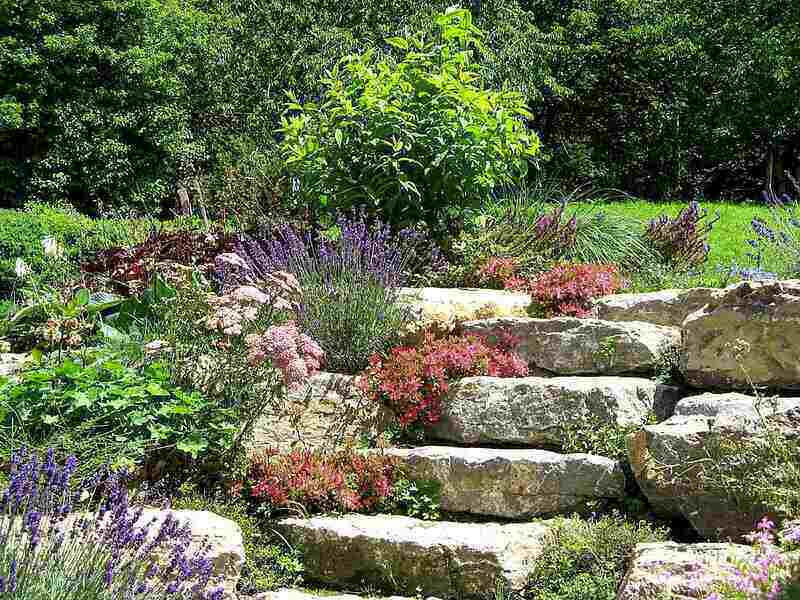
Carefully placed river rocks can make cute stepping stones leading to the butterfly garden, the front door, or the she shed.
The result: River rocks serve as stepping stones and placing them can be a fun, simple project for backyard landscaping.
FAQ About River Rock Landscaping
River rock prices will vary depending on the rocks’ size, color, shape, and whether they are polished.
Buying by the ton? Cost may range between $100 and $300 per ton, sometimes costing as high as $800 per ton.
Cost per pound? Prices typically range between 5 cents and $1 per pound.
Not all river rock installations are the same. Whether you’re spreading river rock as a mulch, pathway, or drainage system, follow the guidelines for your specific landscape project.
Many river rock landscape ideas are easy DIY projects, while others may require a professional for installation.
In some cases, you may want to use landscape fabric beneath the rocks to control weeds and prevent the stones from embedding in the soil. If you place a few medium-sized river rocks beneath a downspout to control drainage, you may not need landscape fabric.
If you are spreading river rock around plants, you’ll want to work slowly. Lay down your river rock by the handful, and carefully spread it out around your plants.
Keep in mind: The depth of your river rock layer will vary depending on the rock sizes you’re installing.
Some homeowners may prefer to work with other landscape materials besides river rock.
Here are a few of river rock’s disadvantages:
• Removal from the landscape can be tricky
• May require a barrier between river rock and the soil, such as landscape fabric
• It’s an inorganic mulch, meaning it won’t return nutrients into the soil for your plants.
• River rock absorbs heat and may become too hot to touch. The excess heat also may harm some plants.
• Adding new plants to a river rock ground cover can be difficult.
• River rock can be expensive.
• Debris, such as seeds and dirt, may build up between river rocks.
• Mowing too close to river rocks may damage your mower. How? The lawn mower may also expel the stones and cause injury to a person nearby.
When to Call a Professional Landscaper
Landscaping with river rock isn’t always easy. When you have a range of landscaping designs and different river rock types to choose from, sometimes you need a professional’s advice.
Call a professional landscaper near you if you need assistance with river rock landscape design, installation, river rock removal, or moving large stones.
Main image credit: Jeremy Levine / Flickr / CC BY 2.0